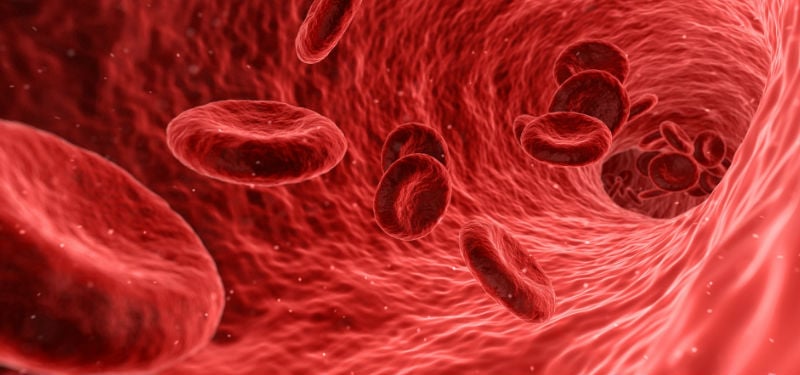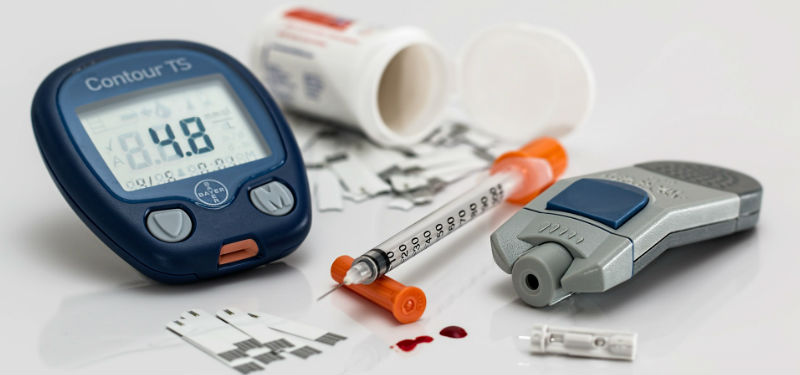There are nearly 11.2 million senior citizens in the United States that are currently diagnosed as diabetics. Of those who are afflicted with diabetes, only about 10% are Type 1 while the other 90% are Type 2. There is nothing that can be done to prevent the 10% of diabetics diagnosed with Type 1, but those who suffer from Type 2 can do a lot to help manage their diabetes beyond just taking medication. At United Energy Workers Healthcare and Four Corners Health Care, we understand how difficult it is for EEOICPA and RECA beneficiaries who are struggling with an occupational disease and diabetes at the same time. With our free home healthcare services, we offer relief and help to our patients by providing them assistance with their diabetes medication and proper lifestyle choices that increase their quality of life. The following article delineates what we have learned about diabetes: what it is, how it is caused, and how to prevent or manage it even when you have an occupational illness.
What is Diabetes?
Diabetes, whether Type 1 or Type 2, is a disorder that affects insulin. Insulin is a hormone which is produced in the pancreas and sent through the bloodstream. Insulin controls the level of sugar in the blood by helping cells absorb it for energy. Without insulin, the body can’t process sugar and cells die or are unable to perform their proper function. If there is too much sugar in the blood, meaning there is not enough insulin to control blood sugar levels, this can have adverse side effects, sometimes severe enough to cause comas, cancer, or even death. A common evidence of out of control high blood sugar is gangrene, where blood flow is restricted to the extremities and kills off the cells (dead cells can cause other diseases or can continue to spread unless the affected areas are amputated).

Sugar gets into our blood by the food that we eat. It comes from carbohydrates and simple sugars that the body breaks down for cell use. If a person doesn’t get enough food, they feel slow and lethargic because their body doesn’t have enough sugar to produce energy. If a person gets too much sugar, the body simply stores it in the muscles and other cells as fat to be used at a later time. This is why sugar, obesity, and diabetes are all related, and the first steps a doctor usually recommends is a change in diet, activity level, and then medication.

Type 2 diabetes is by and large a result of poor diet, low activity level, at obesity/being overweight. In this type of diabetes, the body builds up a resistance to insulin, creating high blood sugar levels. A poor diet that can result in diabetes consists of too many simple sugars or too much fat. Simple sugars are easy to break down into glucose, causing high blood sugar levels that insulin is unable to take care of (the pancreas can’t produce enough insulin to compensate for the sugar), and too much fat in food creates blockages in the bloodstream, preventing insulin from accessing the cells. Low activity levels don’t use the stores of extra sugar stored as fat, causing the same issue as fatty food, and obesity is an extreme problem where the cells tell the body that the cells don’t need any more energy. All of these together, especially if prolonged over time, can result in Type 2 diabetes and the body’s resistance to insulin.
How to Prevent and Manage Type 2 Diabetes
Many people can prevent Type 2 diabetes simply by changing just a few things associated with their diet and exercise. As people with diabetes decrease their weight and begin living a healthier lifestyle, many diabetic tendencies are abated and/or the severity of Type 2 diabetes is greatly decreased. Follow these guidelines for preventing or managing diabetes for better overall health.
- Reduce your simple and artificial sugar intake. By reducing the amount of simple sugars you consume, such as those found in baked goods, refined snacks like Hostess cakes or packaged pastries, ice cream, or candy, you can prevent high blood sugar levels from taking a toll on your body.

- Reduce the amount of fat in your diet. Fat is the number one cause of Type 2 diabetes, both because of high-fat diets and/or obesity. By reducing the amount of fat you consume, the better your body will be able to absorb insulin and utilize the sugar in your blood.

- Reduce artificial sweeteners. The evidence of artificial sweeteners causing diabetes are still by and largely inconclusive, though many studies suggest that artificial sweeteners can still cause metabolic problems and thus negatively impact your insulin production.

- Get more exercise. Those who live active lifestyles are able to burn fat and thus reduce the proclivity towards insulin resistance. Exercise also helps improve circulation, fighting off the potential for gangrene and assisting insulin to reach different parts of the body.

- Take doctor-prescribed medications. Doctor prescribed medications can do anything from preventing the body from breaking down sugars to increasing cell sensitive to insulin. Your doctor or healthcare professionals can speak with you about the best course of treatment if medication is necessary for regulating your insulin or diabetes.

Home Health Care for EEOICPA and RECA Diabetics
Diabetes isn’t an illness covered under the EEOICPA and RECA congressional programs, but we assist any EEOICPA and RECA beneficiary if they also have diabetes. We can help implement exercise regimes, work with physical therapists, and ensure you are taking your medications correctly. For questions about DOL EEOICPA and RECA benefits and receiving free home health care, contact us today at (800) 314-2383.